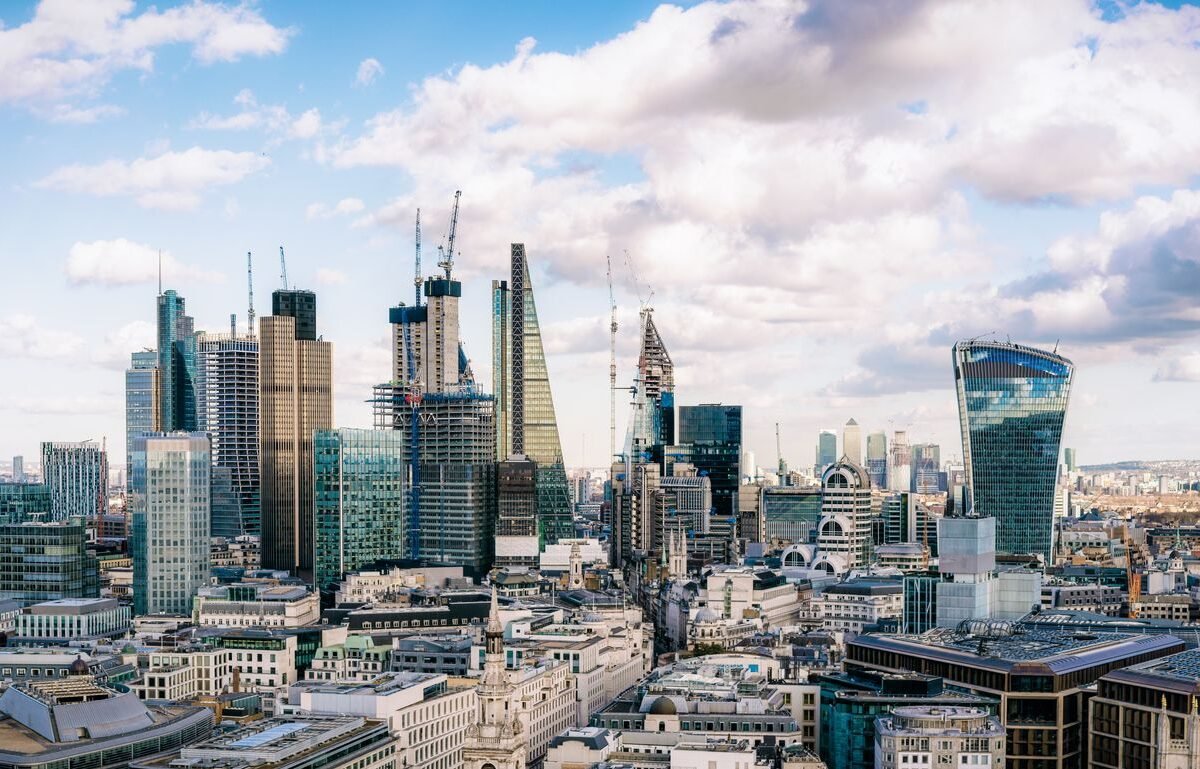
Property investing is all about people. Where they live, work and play has a direct bearing on what is required to service their basic needs.
This means the key to successful property investment is to recognise behavioural and demographic shifts early on, determine the types of property most likely to benefit and capitalise on the new trends as they emerge.
Here, are four mega trends exciting us.
Mega trend 1: Aging population
The profile of the UK’s population is changing. Life expectancy has increased dramatically over the last few years, and this is having a huge impact on the properties required to service an aging population.
The over-85s is the fastest growing cohort in the UK and it’s estimated its number will double to 3.4 million by 2046. As people over 85 will, on average, visit their GP 13 times each year, demand for the services they depend upon will naturally increase. That means more demand for GP surgeries and for care homes.
Increased investment in the sector is desperately needed and the private sector has stepped up. Companies are helping provide modern purpose-built premises offering not just treatment rooms but also pharmacies, physiotherapists and social care on site.
Owning healthcare assets is also attractive for investors as they provide long-term, sustainable and growing rental income, often backed by secure government funding.
The specialist listed real estate investment trusts (Reits) investing in care homes and GP surgeries understand that ensuring the quality of the accommodation they provide will be crucial not only for residents but also for the longevity of each of the assets they own.
Mega trend 2: Digitalisation
The digitalisation mega trend is the most powerful today. It is defining the opportunity in logistics real estate, all while continuing to chip away at the survival of the beleaguered bricks-and-mortar retail sector.
Roughly a quarter of what we buy, we buy online. That’s driven by the three Cs of cost, choice and convenience.
What that means is increasing demand for e-commerce fulfilment space – firstly, in the ‘big box’ warehouse sector and, secondly, in smaller, urban warehouses for ‘last mile’ distribution as the nation’s appetite for faster delivery proliferates.
The meaningful amount of money involved in moving warehouses makes selecting the right site and planning for future growth a critical consideration for businesses. Equally, the level of investment required to automate systems and improve efficiency means tenants are less likely to move and abandon the investment in the specialist fit out and technological improvements they have put in place.
Mega trend 3: Generation rent
Generation rent is another mega trend being driven by demographics. The number of 18-year-olds in the UK is expected to grow by 16% by 2030 and, with more university age people in the UK, demand for purpose-built student accommodation is expected to increase.
A second element is that renters are increasingly choosing to rent from professional landlords as opposed to amateur buy-to-let landlords. Far from an old Victorian house converted into rooms or flats, these developments are modern, purpose built and affordable. Often offering gyms, cinemas, games rooms, concierge facilities, communal lounges and bike storage areas, apartments in these types of buildings are increasingly in demand from younger people.
Home ownership is an aspiration that has stood unchallenged for decades, yet it is a relatively recent phenomenon. In the early 20th century, most of the UK’s population lived in rented accommodation, with three-quarters of households classed as private renters in 1918. This number fell to just under a tenth of households by 1991.
The trend has reversed somewhat since the early 2000s, with the English Housing Survey finding the number of people living in the private rented sector has increased by 124% since 2000, as a failure to increase the quantity of housing in order to keep up with rising demand has led to residential property prices spiralling upwards.
Mega trend 4: Urbanisation
Here, we’re talking about offices and how both investors and occupiers are demanding greener premises. Whether it’s Microsoft or Barclays, most companies now have their own net zero agenda, which includes the office space they reside in. Green has become the new prime.
The biggest threat facing humankind is climate change and buildings have a large carbon footprint. With net zero targets on the horizon, new offices can no longer be the energy-guzzling behemoths of the past and are increasingly striving to be environmentally friendly.
In the UK, the government has set the minimum energy efficiency standard, measured by an energy performance certificate which sets out the energy efficiency of a property with a rating from A to F. The regulation requires all commercial buildings to be rated a minimum of B or higher by 2030.
Matthew Norris is investment adviser of the VT Gravis UK Listed Property fund





